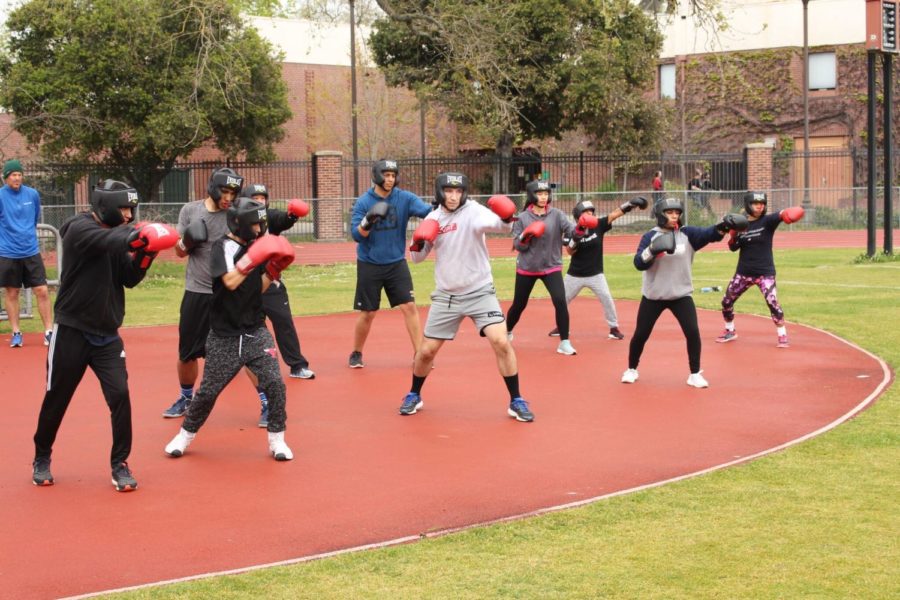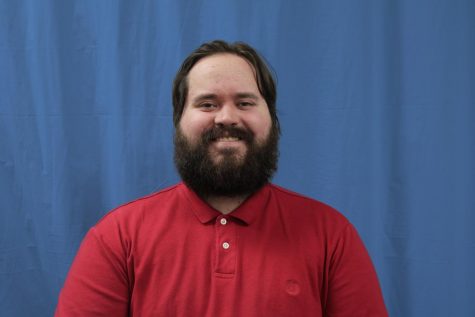Combat sports are one of the oldest forms of self-discipline and include Karate, Taekwondo and boxing. Santa Rosa Junior College has offered some of these sports throughout the school’s history. While some classes have died out in the past, SRJC offered different combat classes like archery, fencing, boxing, Tai Chi and Judo.
Archery classes started in 1935 as a women’s sport with a team that competed in tournaments locally and afar. The team became co-ed in the 1950s and competed until instructor Wendy Feist retired in 2011.
Matthew Markovich, the dean of kinesiology, athletics and dance, is trying to find new instructors for many of the combat sports. However, this year the school cancelled Judo classes after instructor Destinee Tartuffe left to become a lawyer.
Some combat sports are here to stay. SRJC has offered fencing classes on and off since the 1970s.
Fencing, a combat sport originating from Italian dueling, is currently instructed by Jack Miller, who has been running the program since 2002. After being apprised by the retiring instructor, Miller left his position as an anthropology professor to take on fencing.
Currently, fencing is offered twice a week with two sessions in a single class period. Miller would like there to be a second class period to make fencing available for a broader group of students.
Despite running a class where people stab at each other with metal sticks, Miller never had any trouble with the department dean or chair about safety concerns.
Boxing has been offered on campus for the past 18 years. After an uphill battle to get the program started, boxing instructor and soccer coach Marty Kinahan says that boxing is a sport that’s more in your face than fencing.
“There was some pushback from the administrators; they didn’t want to have boxing annually. They were worried about injury and liability,” Kinahan said.
The first four times Kinahan proposed year-round boxing classes, administrators denied his requests. But in 2000, he managed to get boxing added to the physical education program.
Now boxing is one of the most popular classes in the kinesiology department, filling nearly two classes with 50 seats available in each. Kinahan believes physical education classes are important for students.
“It’s what makes you healthy and keeps you alive, which makes you a more productive and happier person,” Kinahan said. In the future, Kinahan wants a proper boxing ring and a competing team.
The head football coach and chair of the kinesiology department, Leonard Wagner, has a vision for SRJC combat classes in the future. He plans to continue supporting the current combative sport classes while restarting defunct programs like Judo and Karate by finding new instructors.
To teach in the kinesiology department, instructors must have a master’s degree. “It’s a challenge to find someone with a master’s in kinesiology and who’s a [martial arts] person,” Wagner said.
Measure H funding will be allocated to improve the kinesiology building. One plan is to have two different facilities for the combat sport classes.
Fencing classes would stay in Tauzer Gym because fencers need the hardwood floor for practice. Boxing and martial arts classes may get an open space facility.




